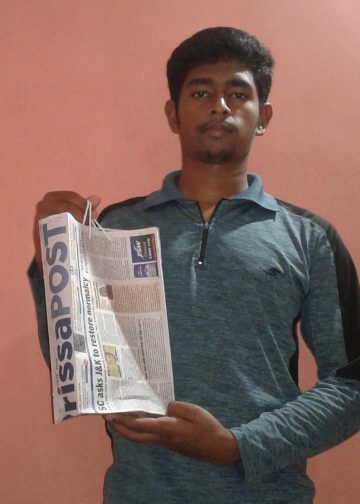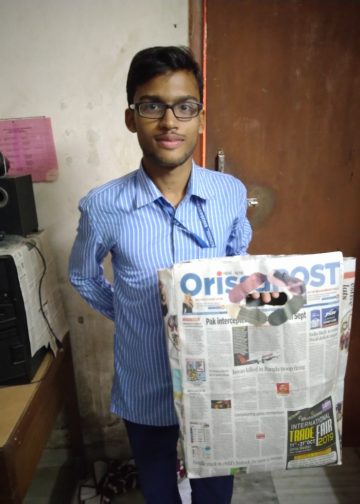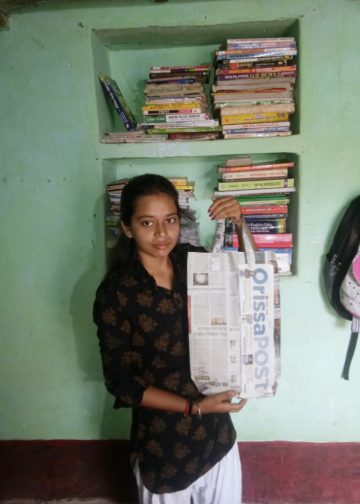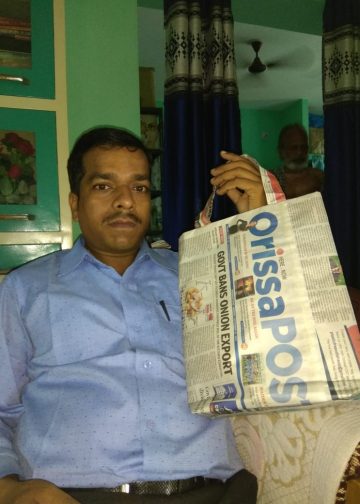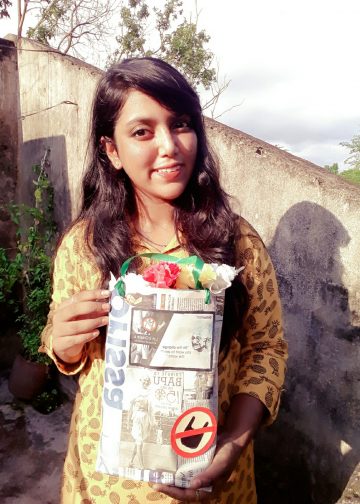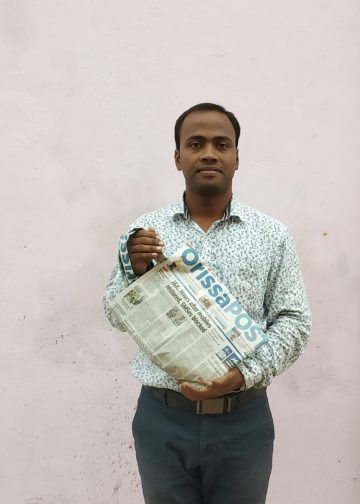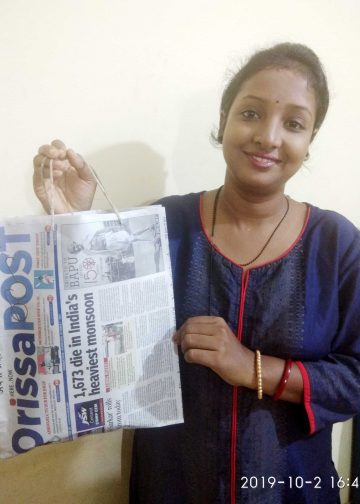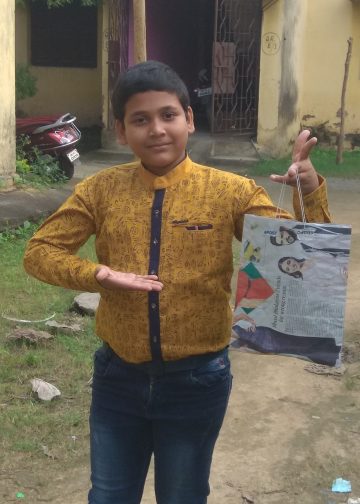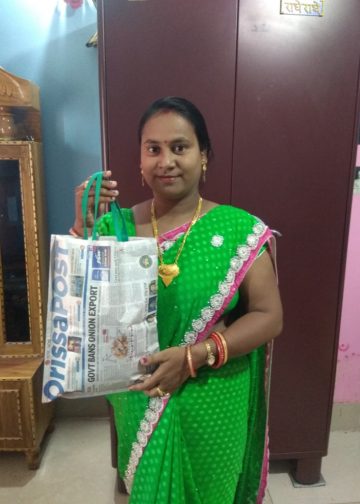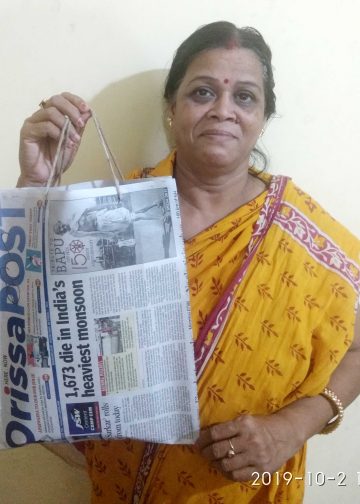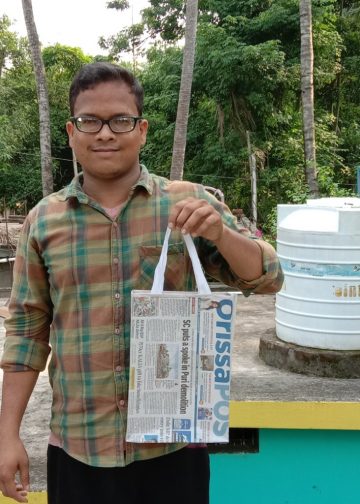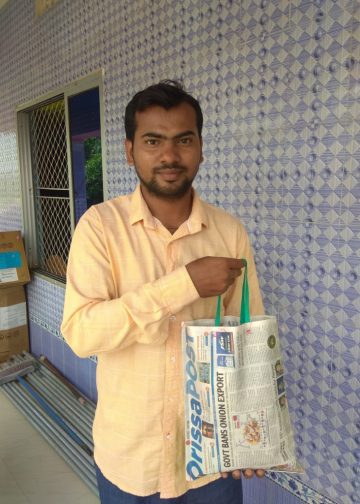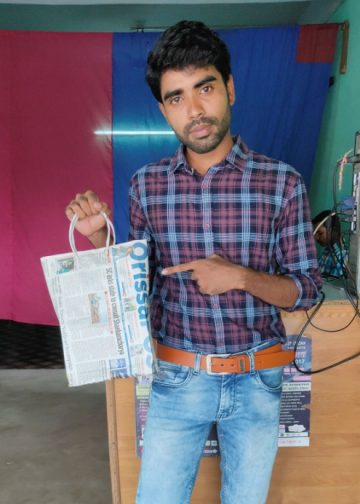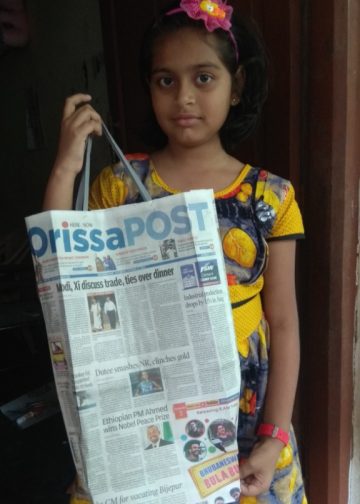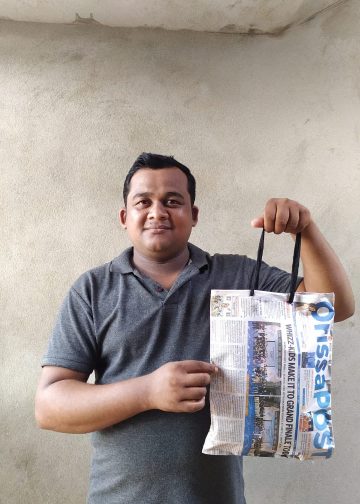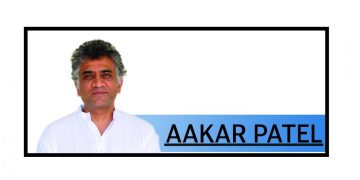Bhubaneswar: Untreated waste being allowed to flow in storm water channels and ultimately polluting the natural water bodies in and around the city are a grave concern even as the capital city is inching towards realising the smart city dreams.
The sewage and storm water flow in a single channel in many areas of the smart city creating pollution hazards. Many households direct their waste water into open drains. Waste water from other sectors like industries and hospitals also flows into open storm water drains.
Unplanned constructions contribute to urban flooding during rains. In areas like Laxmisagar, Acharya Vihar and Jaydev Vihar, constructions have blocked the flow of natural water bodies.
The city has 12 major drains connecting the Gangua Nullah. The Orissa State Pollution Control Board (OSPCB), in August 2016, had collected water sample from Gangua Nullah and found the water polluted.
According to environmentalist Ranjan Kumar Panda, “It’s like a do-or-die situation for the city residents. Untreated water should not be allowed to flow into the rivers. The Bhubaneswar Municipal Corporation (BMC) should set up a treatment plant at the earliest and they can re-use the waste water after treatment. Gangua Nullah is polluted means Daya River and Chilika lake too are polluted.”
Regional officer of OSPCB, Hadibandhu Panigrahi, said, “We have served a notice on the municipal corporation and the civic body authorities have informed us that they are planning to address the issue.”
Meanwhile, BMC officials said a treatment plant has been proposed at Gangua Nullah. However, the combined drainage system, wherein the sewage and storm water flow in a single channel would stand as an obstacle to realise the full benefit of the plan. During flood-like situation in rains, it would become impossible to treat the entire waste water.
“The city has a total drain length of 57 km. But only 12 km has been modified and covered. We are trying to modify the natural drains and cover open drains. We have floated expression of interest for the consultation to put in place a proper drainage system in the city,” said Pradeep Duria, executive engineer, drainage department of BMC.
The major challenge in creating the drainage system is land acquisition.
“We are trying to acquire private land under Orissa Transferable Development Right, 2015 (OTDR). We will complete the work before the onset of monsoon to prevent flooding,” Duria added.
Moreover, the civic body will go for city drainage master plan to improve the drainage system in the city.
“We have one drainage division instituted with BMC and it has started functioning this year. We have started working on improving the situation. We will also go for the city drainage master plan,” said BMC commissioner Krishan Kumar.
Officials, however, admitted that it would not be possible for the civic body to separate sewage and storm water drainage.
Kuldeep Singh
Post News Network





